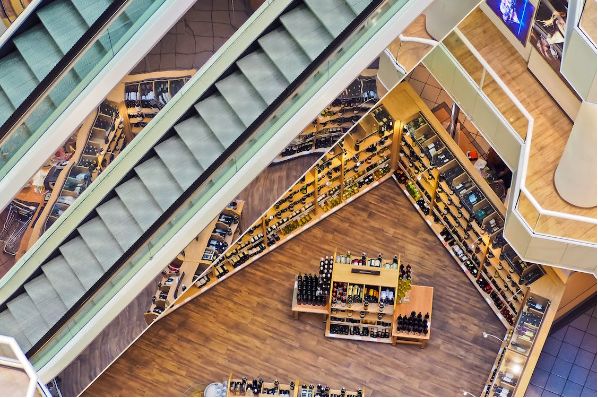Fashion brands account for 40% of the total floorspace transacted across 1,000 real estate deals in Europe in H1 2023, and 30% of total deals.
Sustainability and wellness trends encourage growth in non-traditional sectors, including electric vehicles and premium health & beauty brands. Cushman & Wakefield has analysed the nearly 1,000 retail real estate transactions across Europe from H1 2023 to provide a representative picture of the retail landscape.
Who is taking out the most space?
While the majority of deals made by fashion brands are mass market retailers, other notably active brands include the French down-jacket retailer JOTT (Just Over The Top) and the US sportswear retailer Lids expanding into Europe.
The Food and Beverage (F&B) sector is the second most active in terms of the number of transactions. In H1 2023, F&B accounted for 17% of the total number of deals done and represented 8% of the total volume of space let, slightly up from volumes in H1 2022. Operators committing to space in H1 2023 include Belgian casual dining chain Hawaiian Poke Bowl and US chicken fast-food chain Popeyes which continues to expand in Europe.
Similarly, Leisure operators have also been acquisitive in H1 2023, taking almost twice as much space as the same period 12 months ago. This is indicative of the ongoing trend towards more customer demand for in-person socialisation and entertainment.
Health & Beauty operators, particularly premium brands, have been notably acquisitive in the first half of 2023 with the volume of space transacted almost twice that in H1 2022, representing 10% of total deals. Premium health & beauty retailers – including Jo Malone, Aesop, Freshly Cosmetics, MAC, and Space NK – have been particularly active, capitalising on consumers’ prioritisation of wellness.
Appetite for smaller stores
Analysis of Cushman & Wakefield’s transactional data shows that the retail real estate market is dominated by activity in the smallest units. Across the entire sample of nearly 5,000 transactions since the beginning of 2021, over 80% of deals are agreed for units of less than 600m2, with the smallest units of under 200m2 accounting for more than half of all deals. In H1 2023, this remains the case, with activity in the smallest size band accounting for 83% of deals.
Conversely, when considering larger units of more than 1,000m2, key proponents of demand include Home & DIY, Mixed Goods and Leisure. Nonetheless, Fashion accounts for the largest share of leases of this size, too. Proportionally, Fashion accounts for almost a third of all deals for all unit sizes but, for the largest units, it represents over 40%.
Emerging retailer types seek space for ‘brand experiences’
Influenced by national and international sustainability goals, developments in electric vehicle (EV) markets are translating into growing demand for sales and experience space from EV companies.
Brands such as Genesis, Lucid, Polestar, HiPhi, Vinfast and NIO have all invested in new retail spaces in recent years, with others – such as Chinese vehicle makers BYD and Xpend as well as US giant GM – planning to launch or expand in European markets in the near term. The retail spaces that they are typically creating include more than vehicle showroom space alone, and often involve areas that create brand discovery and customer engagement in different ways.
Another emerging trend in new demand for retail space comes from culture-led and entertainment-based experiential brands. This includes ‘learning and discovery’ experiential entertainment – including recent openings by Paradox Museum and Museum of Illusions – as well as popular culture-based entertainment – such as Netflix’s Stranger Things experience in Milan, the Friends Experience in cities across Europe and the Vogue x Snapchat collaboration during London Fashion Week 2023. As consumers increasingly become more demanding for new and exciting in-person experiences, culture and entertainment-based experiential brands are expected to require more space on both shorter and longer-term bases.
Rob Travers, Head of EMEA Retail at Cushman & Wakefield, said: “The pessimistic cries about the demise of bricks and mortar retail now feel like a distant memory as physical retail enters a new norm. While core retail sectors continue to dominate transactional activity, emerging trends are bringing new brands into the marketplace. Our analysis clearly shows that physical retail remains vital as brand touchpoints, supporting customer engagement and a wider range of business activity. And retailers continue to become more demanding of their retail real estate – and their retail real estate partners.”
The content provided by Cushman & Wakefield and distributed by Instinctif Partners. Image source - Pexels.















